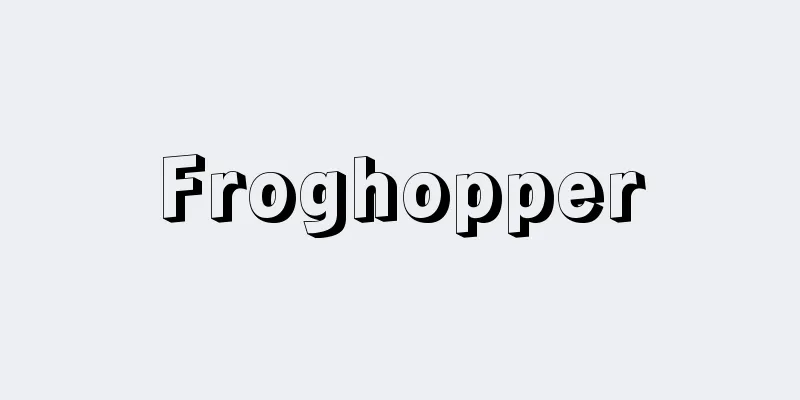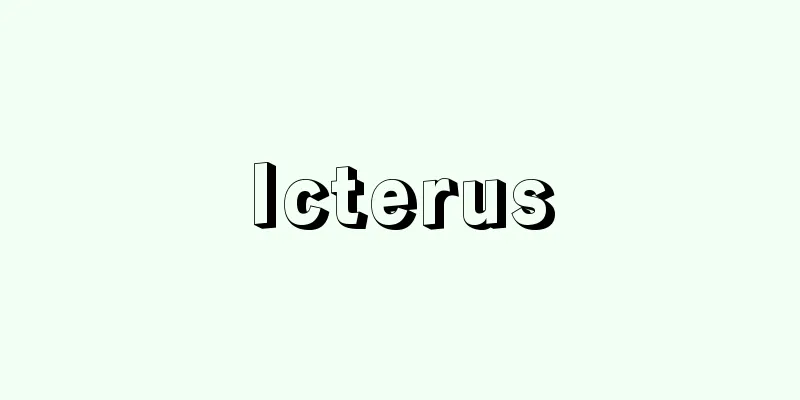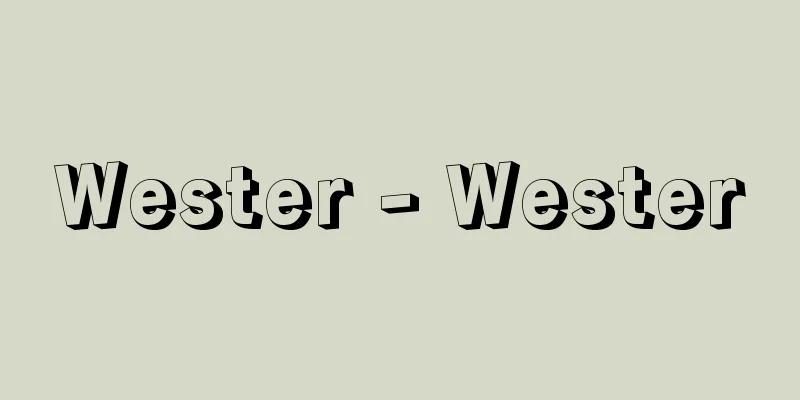Orthopedics - orthopedics

|
A specialized branch of clinical medicine. It deals with diseases of the organs involved in maintaining posture and bodily movement, namely the spine, the bones of the limbs, joints, and muscles. The term orthopedics was coined in 1741 when Nicolas André (1658-1742), a physician and dean of the School of Medicine at the University of Paris, published his book L'Orthopédie. In it, André defined orthopedics as "the art of preventing and correcting physical deformities in children." Later, with the development of anesthesia, aseptic techniques, and X-rays, surgical treatments were actively applied, and it developed rapidly, especially after World War I. In Japan, masseurs and masseurs, whose social classes were established in the Taiho Code of the early 8th century, treated injuries and pain in the limbs. Kagami Bunken (1765-1829), a medical doctor from the late Edo period, wrote the New Book of Osteopathic Medicine in 1810 (Bunka 7). Until 1874 (Meiji 7), when the German school of medicine was adopted at universities, the so-called orthopedic department was taken over by non-medical doctors, the bonesetters. In 1906 (Meiji 39), the first orthopedic surgery department was established at the Faculty of Medicine of the Imperial University of Tokyo, and the first professor at that time, Yoshinori Tashiro (1864-1938), was the first to translate the German word Orthopädie into "orthopedics." After World War II, American orthopedics was widely adopted, and orthopedic departments were established at medical universities across the country, training many orthopedic specialists and spreading the field. Orthopedics is primarily concerned with various diseases and injuries of the limbs and trunk. In other words, it investigates the pathology of malformations, deformations, inflammation, tumors, metabolic disorders, and other diseases of the locomotor organs of bones, joints, muscles, tendons, and ligaments, as well as the blood vessels, spinal cord, and peripheral nerves that control them, as well as injuries such as fractures, dislocations, sprains, ruptures, and contusions, and diagnoses and treats them. It is also closely related to rehabilitation medicine, as its ultimate goal is to restore the functional disorders of locomotor organs and return people to social life. In addition, plastic surgery, which mainly deals with morphological abnormalities of the surface of the body, is often confused with plastic surgery, as it was originally called cosmetic surgery. [Takashi Nagai] Source: Shogakukan Encyclopedia Nipponica About Encyclopedia Nipponica Information | Legend |
|
臨床医学の専門分科の一つ。姿勢の保持と身体運動にかかわる器官、すなわち脊柱(せきちゅう)、四肢の骨、関節、筋肉系の疾患を取り扱う。整形外科という名称は、1741年にパリ大学医学部長で内科医のアンドレNicolas André(1658―1742)が『L'Orthopédie』という著作を公にしたときに始まる。このなかでアンドレは「小児の身体の変形を予防し矯正する技術」と定義している。その後、麻酔法、無菌法、X線の発達などに伴って外科的治療を積極的に応用し、とくに第一次世界大戦後に急速な発展を遂げた。 日本では、8世紀初頭の大宝律令(りつりょう)で身分階級が定められた按摩(あんま)師・按摩生が、四肢の外傷や疼痛(とうつう)の治療を行っていた。また、江戸後期の医学者各務文献(かがみぶんけん)(1765―1829)は1810年(文化7)に『整骨新書』を著した。1874年(明治7)に大学でドイツ学派の医学が採用されるまでのいわゆる正骨科は、非医師である接骨師に受け継がれた。 1906年(明治39)に東京帝国大学医科大学に初めて整形外科学講座が設けられたが、そのときの初代教授田代義徳(たしろよしのり)(1864―1938)により、ドイツ語のOrthopädieが初めて「整形外科」と訳された。第二次世界大戦後にはアメリカの整形外科も多く採用され、また全国の各医科大学に整形外科が設けられるに至り、多くの整形外科専門医が育成されて普及した。 整形外科の領域としては、主として四肢や体幹の各種疾患と外傷が対象となる。すなわち、骨、関節、筋肉、腱(けん)、靭帯(じんたい)の運動器官をはじめ、それらを支配する血管、脊髄、末梢(まっしょう)神経の奇形、変形、炎症、腫瘍(しゅよう)、代謝疾患などの諸疾患、および骨折、脱臼(だっきゅう)、捻挫(ねんざ)、断裂、挫傷(ざしょう)などの外傷の病理を追究し、それらの診断と治療を行っている。また、運動器官の機能障害を回復させ、社会生活へ復帰させることを最終目的とするので、リハビリテーション医学と密接な関係がある。 なお、主として身体表層の形態異常を対象とする形成外科は、当初に成形外科とよばれたことから一般に混同されやすい。 [永井 隆] 出典 小学館 日本大百科全書(ニッポニカ)日本大百科全書(ニッポニカ)について 情報 | 凡例 |
<<: Seikyo Zakki - Seikyo Zakki
>>: Jingxing (English spelling)
Recommend
Near East
A regional concept centered on Western Europe, me...
Aerial Shigaraki
〘Name〙 Pottery made by the Edo period potter Honna...
Donation - Donation
〘 noun 〙 To provide materials at the request of th...
Itoshibe - Itosibe
...In the Kojiki and Nihon Shoki, the "shi-s...
Ryuzoji clan
A feudal lord during the Sengoku period. It is sai...
Fourteen Points
…[Kousuke Shimura]. … *Some of the terminology ex...
Virgin Tomb - Otomezuka
…It is mentioned in the Man'yoshu (volume 9, ...
The origin of the cedar tree at Nigatsudo - The fluctuation of the cedar tree at Nigatsudo
Ningyo joruri. 4 steps. Music: Toyosawa Danpei. Ly...
Chairperson's Decision
...However, by convention, the Speaker does not p...
Private school - Shijuku
From the early modern period to the early modern p...
Public Security Ordinance - Koanjourei
A common name for ordinances enacted by local gov...
Bakagai (bakagai) - Bakagai (English spelling) surf clam
An edible bivalve of the family M. c. carneopicta ...
Viscosity - Nensei (English spelling)
In the flow of liquids or gases, when the distrib...
Schandorph, S. (English spelling) SchandorphS
…The mid-19th century produced many writers who w...
Nitric oxide - Nitrogen oxide
A general term for oxides of nitrogen, with compo...


![Yagen [Hot Spring] - Yagen](/upload/images/67cd0a73dd3ca.webp)






